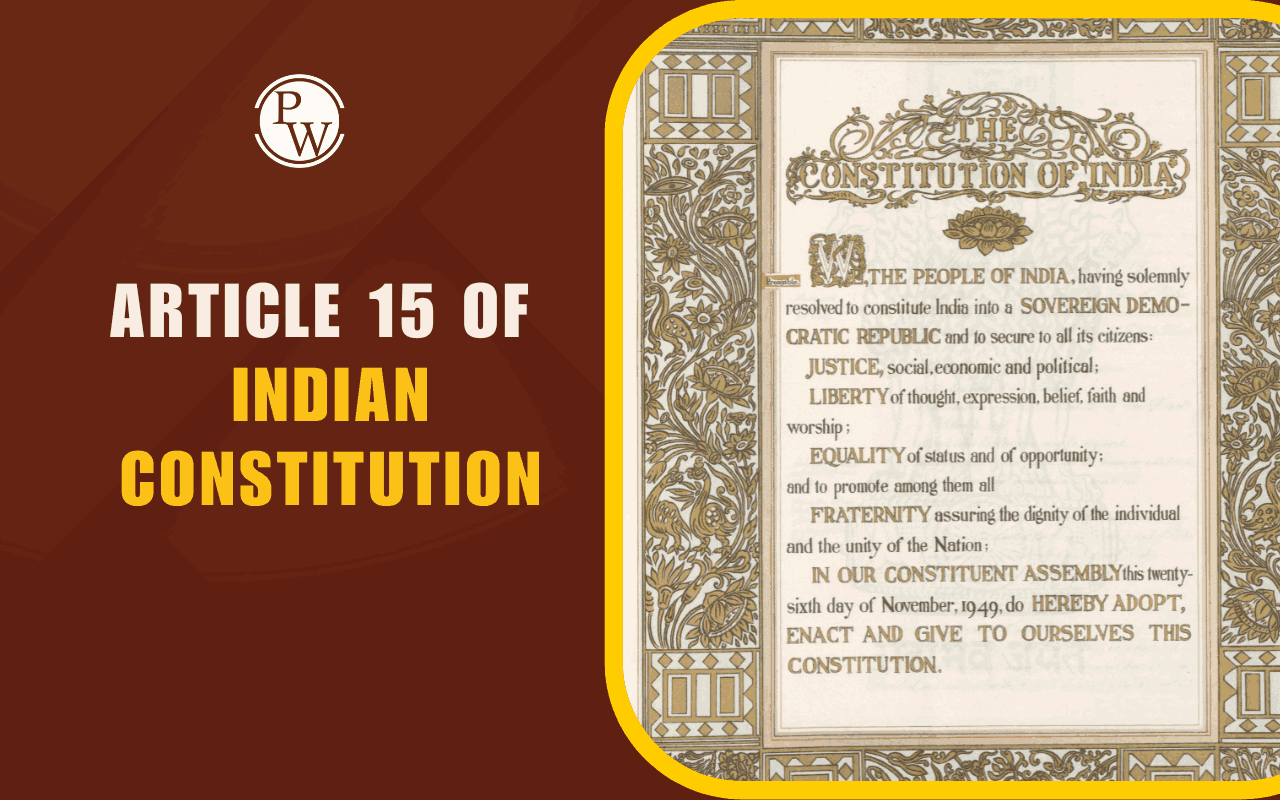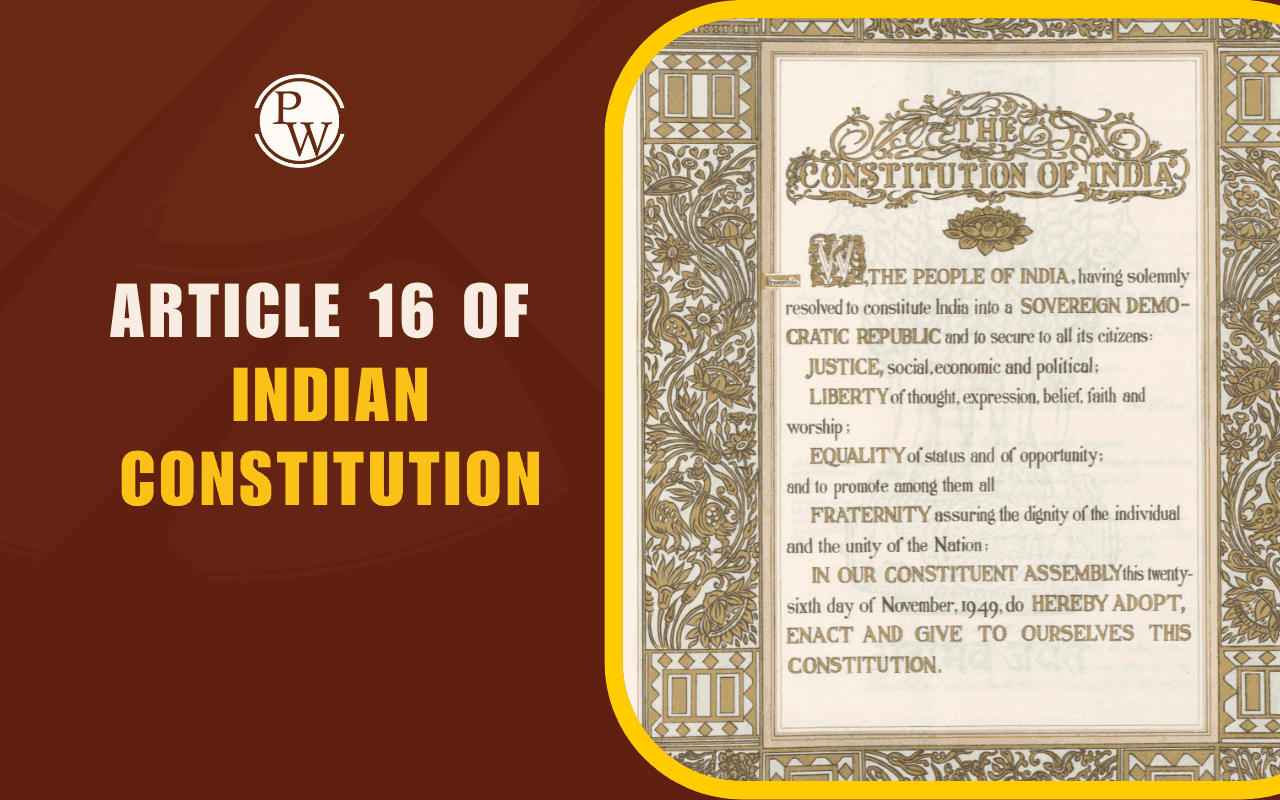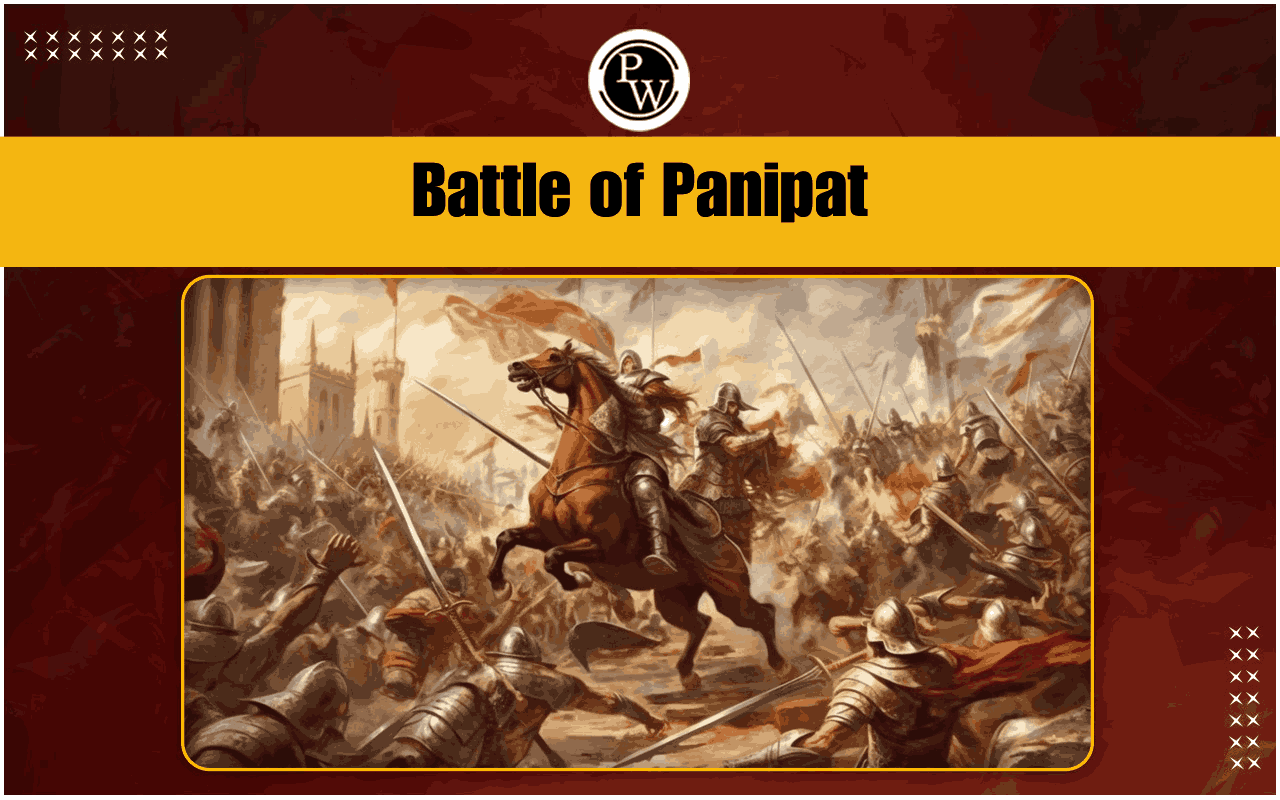

Kuchipudi Dance is one of the eight classical dances of India. It combines rhythm, expression, and drama. This art form traces its roots to Kuchelapuram village in Krishna district, Andhra Pradesh. It is performed to the accompaniment of Carnatic music.
In the UPSC syllabus, Kuchipudi appears in the Art & Culture segment, where aspirants are expected to know its history, structure, and cultural value. Unlike purely technical dance traditions, Kuchipudi combines Nritta (pure dance), Nritya (expressive performance), and Natya (drama) to create a complete theatrical experience.
Its uniqueness is highlighted in the famous Tarangam, where dancers balance on the rim of a brass plate. A sound understanding of core elements and development of Kuchipudi dance can help candidates to prepare for their Prelims as well as Mains questions in UPSC GS Paper 1.
History and Evolution of Kuchipudi Dance
The story of Kuchipudi is closely related to religion and devotion. Its foundation can be traced to the Natya Shastra, the ancient Sanskrit text on performing arts. Originally, Kuchipudi was performed by male Brahmins during temple festivals and rituals.
The 17th century saw the rise of the Vaishnavite Bhakti movement, which greatly shaped Kuchipudi’s style. A scholar-saint named Siddhendra Yogi refined its form and composed Bhamakalapam, a dance-drama centred on Satyabhama, the consort of Lord Krishna. His contribution established Kuchipudi as both an art and a form of spiritual expression.
With time, women performers also started performing Kuchipudi. Today, it has become a living tradition that signifies heritage with contemporary performance. Here is a quick overview of Kuchipudi dance:
|
Kuchipudi Dance at a Glance |
|
|---|---|
|
Aspect |
Description |
|
Origin |
Kuchelapuram village (Kuchipudi village now), Krishna district, Andhra Pradesh |
|
Key Feature |
Balanced combination of Nritta, Nritya, and Natya |
|
Unique Element |
Tarangam (dancing on the rim of a brass plate, often balancing a pot) |
|
Music Style |
Set to Carnatic music with instruments like mridangam, flute, violin or veena, and cymbals |
|
UPSC Relevance |
Important for Art and Culture in both Prelims and GS Mains Paper 1 |
Key Features of Kuchipudi
Kuchipudi dance is an important topic under the Art and Culture section for UPSC examination preparations. Candidates should have a good command of this dance form. Here are some of the important features related to Kuchipudi dance for UPSC aspirants:
-
Combination of art forms: It includes rhythmic steps (Nritta), expressive storytelling (Nritya), and dramatic acting (Natya).
-
Tarangam: A signature item where the dancer moves on a brass plate, sometimes balancing a vessel, displaying rhythm and control. It is part of the devotional compositions of Narayana Teertha.
-
Manduk Shabdam: A unique piece that narrates the tale of a frog, mixing mime, music, and movement.
-
Strong use of Abhinaya: Emotions are expressed vividly through facial expressions and hand gestures.
-
Vibrant costumes and makeup: Male dancers wear traditional dhotis. Female dancers wear pleated costumes resembling a saree. Makeup is used to highlight expressions.
-
Carnatic music base: Supported by live musicians playing mridangam, flute, violin or veena, and nattuvangam.
Basic Steps of Kuchipudi Dance
The foundation of Kuchipudi lies in Adavus. It can be referred to as structured combinations of steps, gestures, and postures. Under this dance, movements are fluid and rounded, which contrast with the angular lines of other dance forms. Further, the footwork is fast and detailed, coordinated with expressive mudras to narrate stories. Together, these elements create performances that are graceful and powerful.
Lines on Kuchipudi Dance
Students preparing for UPSC should revise Kuchipudi through short descriptive notes or lines on Kuchipudi dance. These lines generally highlight its origin in Andhra Pradesh. Also, its strong link with Carnatic music, and its unique feature, the Tarangam, should be remembered. Writing crisp lines also helps in quick recall during Prelims or in structuring Mains answers.
Benefits of Kuchipudi Dance
Dance forms can help learners gain various benefits. They can heal physically, mentally and emotionally too. Some of the major benefits of Kuchipudi dance are given below:
-
Physical Benefits: Enhances stamina, balance, posture, and flexibility.
-
Mental Benefits: Improves concentration, memory, and sharpens reflexes.
-
Emotional Benefits: Provides a medium for expressing a wide range of feelings.
-
Cultural Benefits: Strengthens understanding of India’s heritage and mythology.
Kuchipudi Dance Course Duration
A dance form is a form of art. One cannot master it overnight. Candidates might need to practise for at least 2 years to be proficient. Further, learning Kuchipudi is a gradual process:
-
Basic training: 2 to 3 years to gain foundational skills.
-
Advanced level: Around 7 to 10 years of training with a guru to achieve professional mastery.
Difference Between Kuchipudi and Bharatanatyam
For UPSC aspirants, it is important to learn the differences between Kuchipudi and Bharatanatyam. There are various dance forms under the Art and Culture syllabus. Therefore, it is wise for them to have a clear overview of them. Further, here are the common differences between Kuchipudi and Bharatanatyam:
|
Difference Between Kuchipudi and Bharatanatyam UPSC |
||
|---|---|---|
|
Feature |
Kuchipudi |
Bharatanatyam |
|
Origin |
Andhra Pradesh |
Tamil Nadu |
|
Style |
Smooth, flowing, rounded movements |
Angular, firm, and geometric postures |
|
Footwork |
Includes Tarangam (dance on a brass plate) |
Strong rhythmic stamping (tattu) |
|
Emphasis |
Equal weight on dance and drama; occasional singing by a dancer |
Focus on pure dance and expression, without singing |
|
Costumes |
Flexible, pleated costume allowing movement |
Stitched saree with pleats that fan out in postures |
|
Distinctive Element |
Tarangam performance |
Static poses and linear hand gestures |
Kuchipudi Dance for UPSC
Candidates who are engaged in preparing for civil services examinations can learn about Kuchipudi Dance UPSC in Hindi and English versions from various resources. Aspirants should keep in mind:
-
Origins and contributors: Kuchelapuram and Siddhendra Yogi.
-
Unique features: Tarangam and Manduk Shabdam.
-
Comparisons: Especially with Bharatanatyam.
-
Themes: Most performances are based on Hindu epics and devotional stories.
-
Studying these aspects ensures the readiness of examinees for both Prelims MCQs and descriptive answers in Mains.
Kuchipudi Dance FAQs
What themes are depicted in Kuchipudi performances?
Who shaped modern Kuchipudi into its current form?
Is Kuchipudi performed as a solo or group dance?
What is Tarangam in Kuchipudi?
What benefits does practising Kuchipudi provide?

UPSC Coaching












